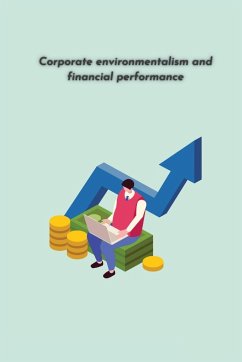The study aims to assess the reaction of Indian stock market to the events of launch of SandP BSE CarbonEx and GreenEx and stock exclusion therefrom / inclusion thereto. It also attempts to advance a typology of EMPs (environmental management practices) followed by the firms listed on these indices. Further, it ascertains the relationship between corporate financial and environmental performance by deploying the panel regression method. The effect of each EMP is assessed on corporate financial performance indicators viz. ROE, ROA, Tobin Q, and sales growth. The analysis is conducted over a period of five years (2013-2017). The findings of the event study approach revealed that abnormal returns, liquidity, and volatility changes during these events were a result of price pressures. Event study analysis discredited liquidity, downward sloping demand curve, information, and investor awareness hypotheses. Six EMPs were examined after analyzing the content and typology was advanced through the demonstration of inter-coder reliability, a single category, and individual reliability. Their coefficients exceeding 0.5 confirmed the robustness of such a framework. A significant negative relationship was found between the EMPs and financial performance indicators. Because the present study is about an interface between environmental science and finance, it puts forth crucial theoretical and pragmatic implications for managers, academicians, and theorists. With a view to generalizing the findings of this research, the model advanced here needs to be tested in other contexts.







